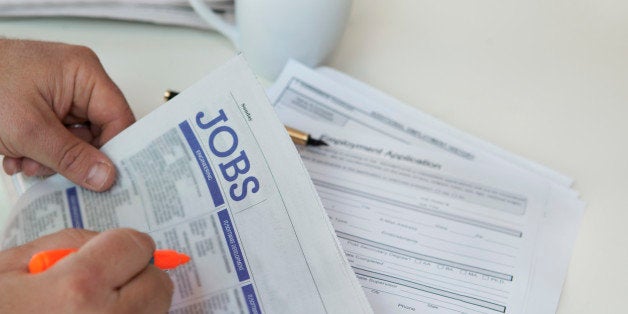
It's no secret that unemployment takes a toll on mental health, and new data from Gallup shows that the risks are especially high for the long-term jobless.
As seen in the chart above, depression was reported by twice as many people who are unemployed than people who have full-time jobs (12.4 percent compared with 5.6 percent). And the long-term unemployed experienced the highest rate of depression -- 18 percent.
The report also showed that 19 percent of people who have been unemployed for a year or more have, or are currently being treated for, depression. Compare this to 11.1 percent of people who have been unemployed for two weeks or less, 10 percent of those unemployed for three to five weeks and 15.7 percent of people who have been unemployed for 12 to 26 weeks.
The Gallup researchers also found that the longer a person went without a job, the more pessimistic he or she was about attaining a job in the next month. Specifically, just 28.7 percent of people who have been unemployed for a year or more said that they thought they would have a job in the next four weeks, compared with 69.9 percent of people who have been unemployed for two weeks or less.
The report is based on survey data from 2013 of 356,599 Americans, 18,322 of whom were unemployed at the time of the survey.